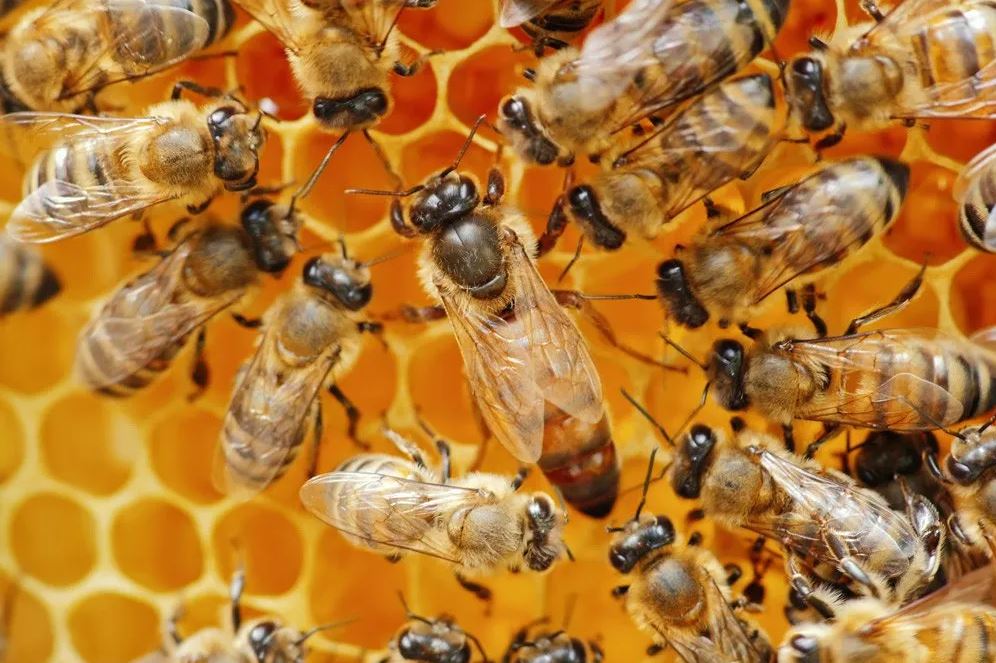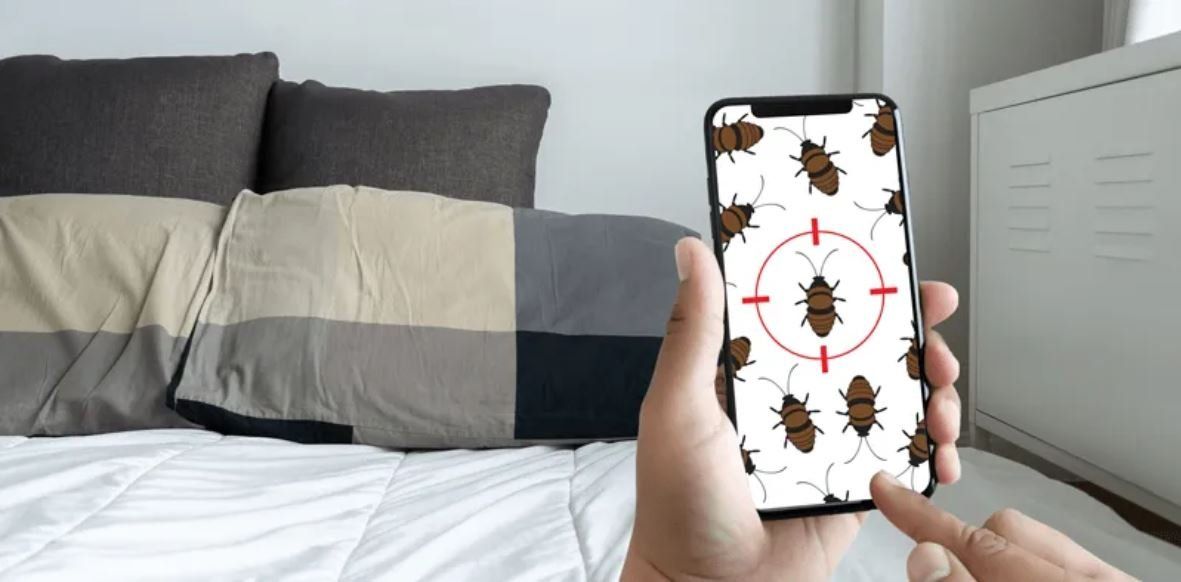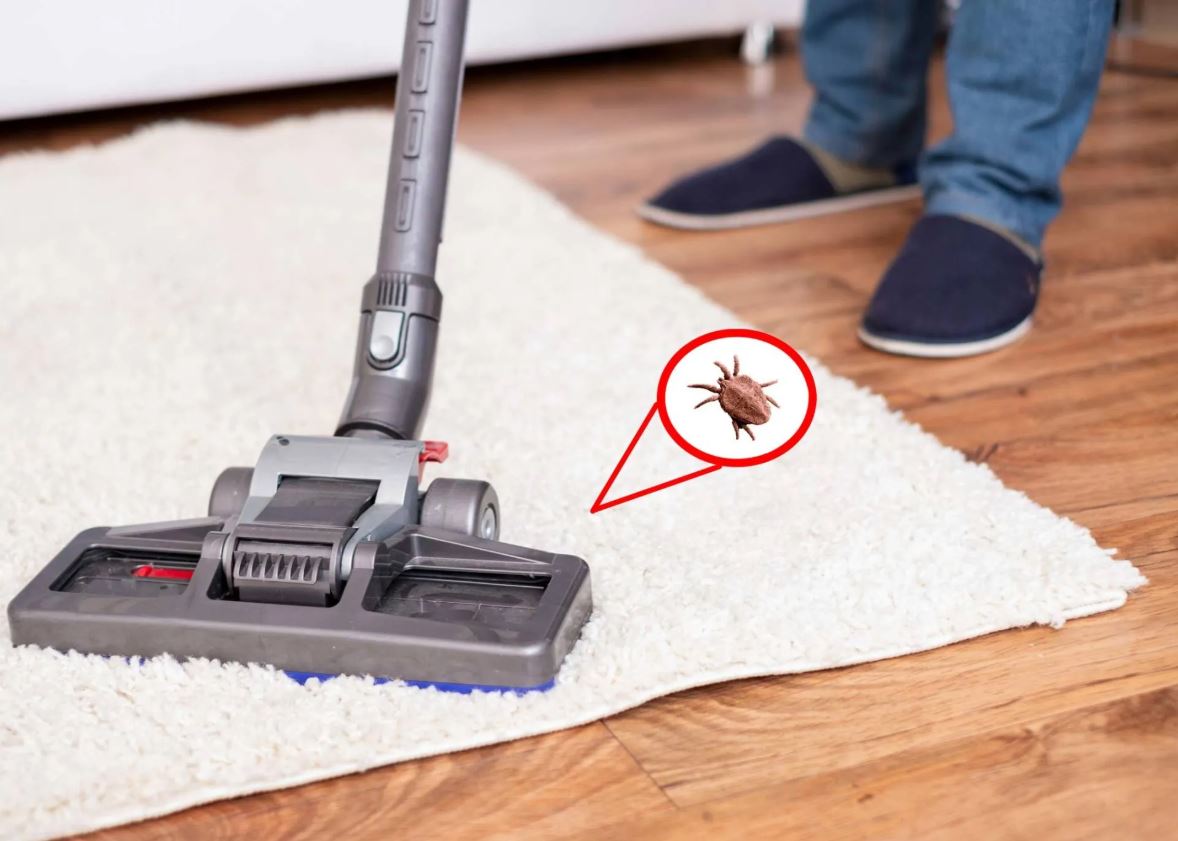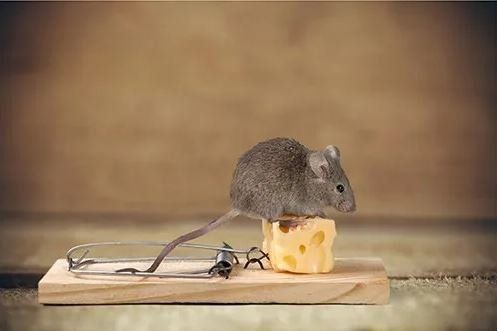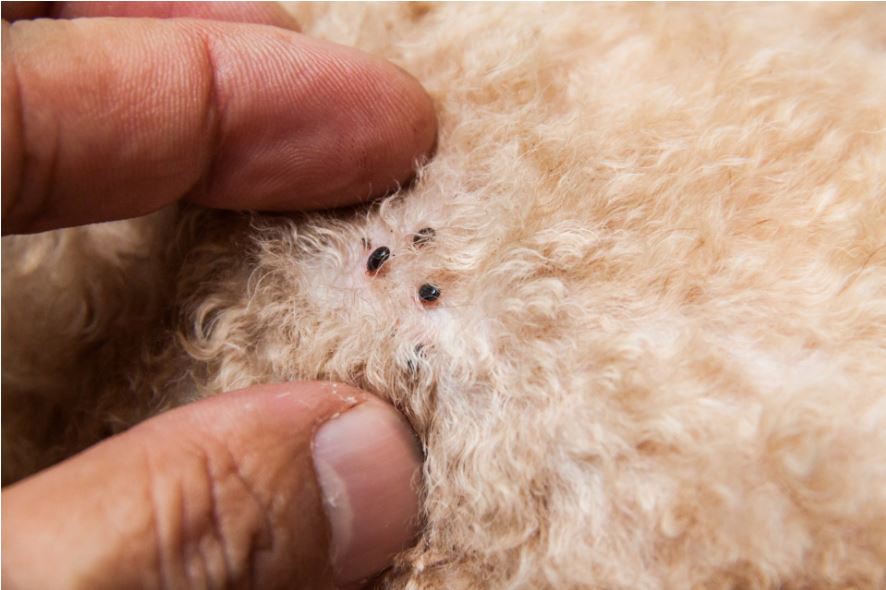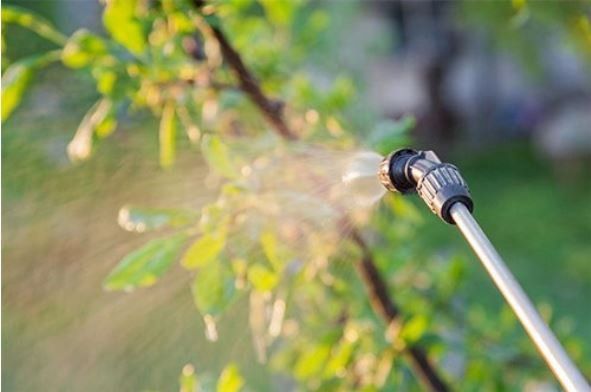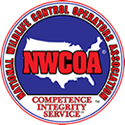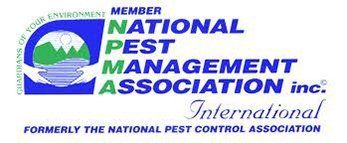MONTEREY BAY
PEST CONTROL INC.
LOCALLY OWNED AND OPERATED
Blog Layout
4 Pests That Can Bother Trees in California
Admin • Jan 31, 2020
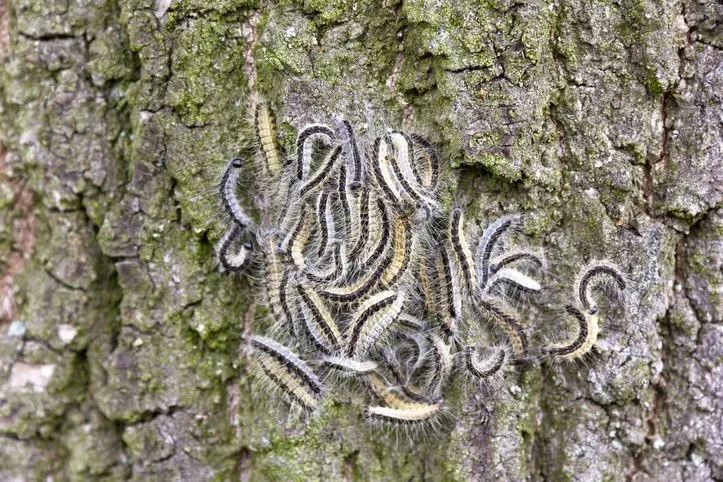
People often think of pests as a problem to be dealt with inside the home. However, pests can damage your landscaping, too. Trees, in particular, can struggle if they become infested with various insects that may eat their leaves, burrow into their vascular tissue, and chew their bark. The following are four types of insects that can infest trees in California.
1. Asian Citrus Psyllid
These tiny bugs are native to Southeast Asia. They were first found in the United States in 1998 and in California in 2008.
Adult Asian citrus psyllids are about 4 mm long. They have brown or black heads, brown bodies with darker brown spots, and black-tipped antennae. The psyllids lay their eggs in a line on the young leaves of citrus trees. Once the eggs hatch into larvae, the larvae feed on the leaves.
These bugs bother various types of citrus trees, including most varieties of orange and grapefruit trees. Symptoms of an infestation include pale green blotches on the leaves, small and underdeveloped fruit, and twig dieback.
Sadly, most trees that become infested with these insects die within five years. Spraying trees with insecticides can help prevent an infestation, but you do need to spray regularly and thoroughly.
2. Cypress Tipminer
This species of moth tends to lay its eggs on the foliage of cypress trees. The eggs hatch into caterpillars and feed on the tips of the cypress leaves.
Cypress tipminer caterpillars are about 1/4-inch long and yellow-green in color with darker heads. The adults are silver-brown moths measuring about 1/3 inch wide.
Symptoms of a cypress tipminer infestation include chew marks on cypress leaves and twigs, browning of leaf tips, and general foliage dieback. Symptoms are usually most obvious in the late winter and early spring.
Luckily, insecticide sprays are quite effective in treating a cypress tipminer infestation. For really bad infestations, you may want to inject the tree with a systemic insecticide, which will make its way through to the leaves, killing any insects that feed on the leaves.
3. California Fivespined Ips
This beetle first became a major nuisance in California in the 1940s. It can still ravage pine trees throughout the state, attacking a wide range of pine varieties including sugar and white pines.
Adult California fivespined ipses are red-brown in color and about 5 mm long. The male beetles bore into the pine tree's bark and emit a chemical that attracts female ipses. The females then enter the tree to mate with the males, leaving behind eggs. These eggs later hatch into larvae, which dig more tunnels into the trees' vascular tissue.
Signs of a California fivespined ips infestation include bore holes in the tree's bark and yellow and redbrown needles.
Although control measures have not been proven effective in managing ips infestations in pine forests, insecticide treatments may help preserve trees in residential areas. However, the tree may still die due to the infestation.
4. Oak Worms
Oak worms are the larvae of the tussock moth. They chew the leaves of oak trees, killing the leaves and therefore interfering with the tree's ability to harness sunlight and create its own food.
Oak worms range in length from 0.1 to 1.0 inch. They're yellowish-green with brown heads and darker stripes along their sides.
The primary sign of an oak work infestation is heavily chewed leaves that soon turn brown and die. You may also see the bugs' fecal pallets scattered around the base of the tree.
The best way to manage oak worm infestations is to spray vulnerable trees in the spring. If a tree is already infested, insecticides can help fight off the worms, but they need to be applied thoroughly and on a specific schedule.
As you can see, California is home to plenty of pests that can wreak havoc on your trees. If you're struggling with an infestation of these or other pests, contact Monterey Bay Pest Control Inc., a woman-owned and -operated company.
By Admin
•
01 Dec, 2019
Pests can easily make their way from the yard and garden into your garage. Read this blog to get ideas on how to stop pests from coming inside your garage.
By Admin
•
01 Oct, 2019
If you want to better protect your home from bug invasions, check out these four common types of pest control methods, and choose the best option for you.
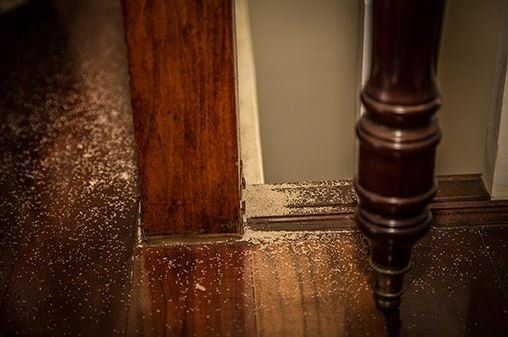
By Admin
•
22 Oct, 2018
Several types of termites invade California homes, including drywood, dampwood, and subterranean termites. Termites destroy structures, fencing, food, and household furnishings. So if you want to protect your property, you need to be vigilant. Here are three ways to put up an effective fight against termites for your home and belongings. 1. Remove Termite Attractions From Your Property Termites colonize an area because the area provides something that the termites need. Two of the primary needs of termites are moist soil and wood. If you have any leaks, puddles, or damp spots below your woodframed home, you have everything a pair of termites needs to create a whole new colony. Wet or rotting wood is also an attractant for termites. Termites can digest structurally sound wood, but they have an easier time eating wood that's crumbling due to fungal infestation. Clean up all sources of moisture around your yard and underneath your house, decks, and porches. Have a plumber repair pipes, and fix drainage issues that make water pool near your home's foundation. Pick up rotting wood, and have bad wood replaced in your home. Also, don't allow wood framing members to be within 12 inches of the soil at any point. Remove wood mulch and all woody plants away from the edges of your home's foundation to a distance of at least a foot away from your home. 2. Know the Signs of Termite Infestation Many homeowners are unaware of the first signs of termite colonization. By the time homeowners notice a serious termite problem, their homes are hosting several gigantic colonies of subterranean termites. You can completely avoid a termite surprise by having your pest control professional inspect your home once or twice a year. If you want to keep an eye on your own home and inspect the premises yourself, understand that destructive subterranean termites climb up from the soil to reach the wood in your home. The termites don't like to be seen or exposed to the air, so they build mud tubes from the ground level up to your floor joists. Mud tubes may be colored sandy, reddish, or dark brown depending on the soil available to the termites. The subterranean-termite tubes can be found on piers, basement walls, crawl-space foundations, and posts. Tubes lead from the colony and soil surface up to structural wood. Other signs of termite damage near wood include: Piles of sawdust or pellet-shaped droppings Entry holes in wood Blistering of outer wood surfaces Darkening or staining of wood grain Hollow sound to wood when rapped In autumn and spring, termites swarm away from their home colonies to develop new colonies nearby. You may see swarms of both ants and termites in fall and spring months. These termites have lacy, fragile wings and slim, dark bodies. A termite swarm indoors indicates that your home has one or more colonies of termites eating away at the structural members of the house. 3. Seek Help to Eradicate and Repel Termites Serious remedies are needed to combat termite infestations in homes. If you suspect your home has been infested with any type of termite, contact a qualified pest control company to confirm your suspicions. Treatment of your home will depend on the type of termites infesting the wood. Drywood termites are often eradicated by fumigating the complete home. Some homes are tented and heated to kill termites. Spot treatments and soil treatments are also options for subterranean termites. You may need to schedule more than one pest-control treatment to get rid of a heavy termite infestation. Your pest control company will monitor your home to check for re-infestations after your home is treated for termite problems. If you see autumn swarms or other signs of termites in your house, schedule an inspection of your home by the experts at Monterey Bay Pest Control Inc. Since 1950, we've provided effective termite control for homeowners throughout Monterey County, California.
Phone:
Mailing Address:
PO Box 810 Seaside, CA 93955
Two addresses to serve you better:
Monterey Bay Pest Control
1997 Del Monte Blvd. Seaside, CA 93955
Monterey Bay Pest Control
4041 Soquel Dr. Ste 320
Soquel, CA 95073
Content, including images, displayed on this website is protected by copyright laws. Downloading, republication, retransmission or reproduction of content on this website is strictly prohibited. Terms of Use
| Privacy Policy
